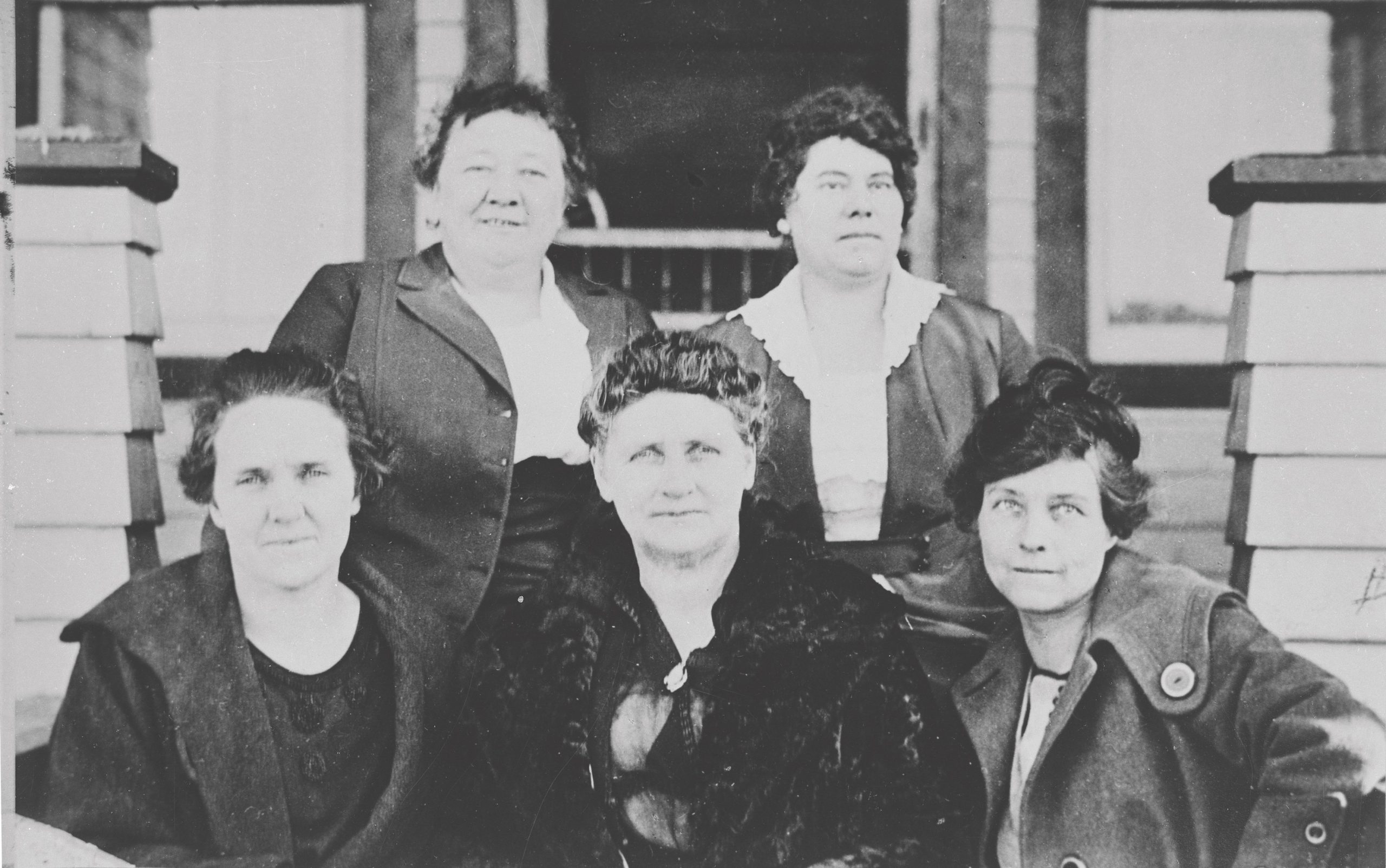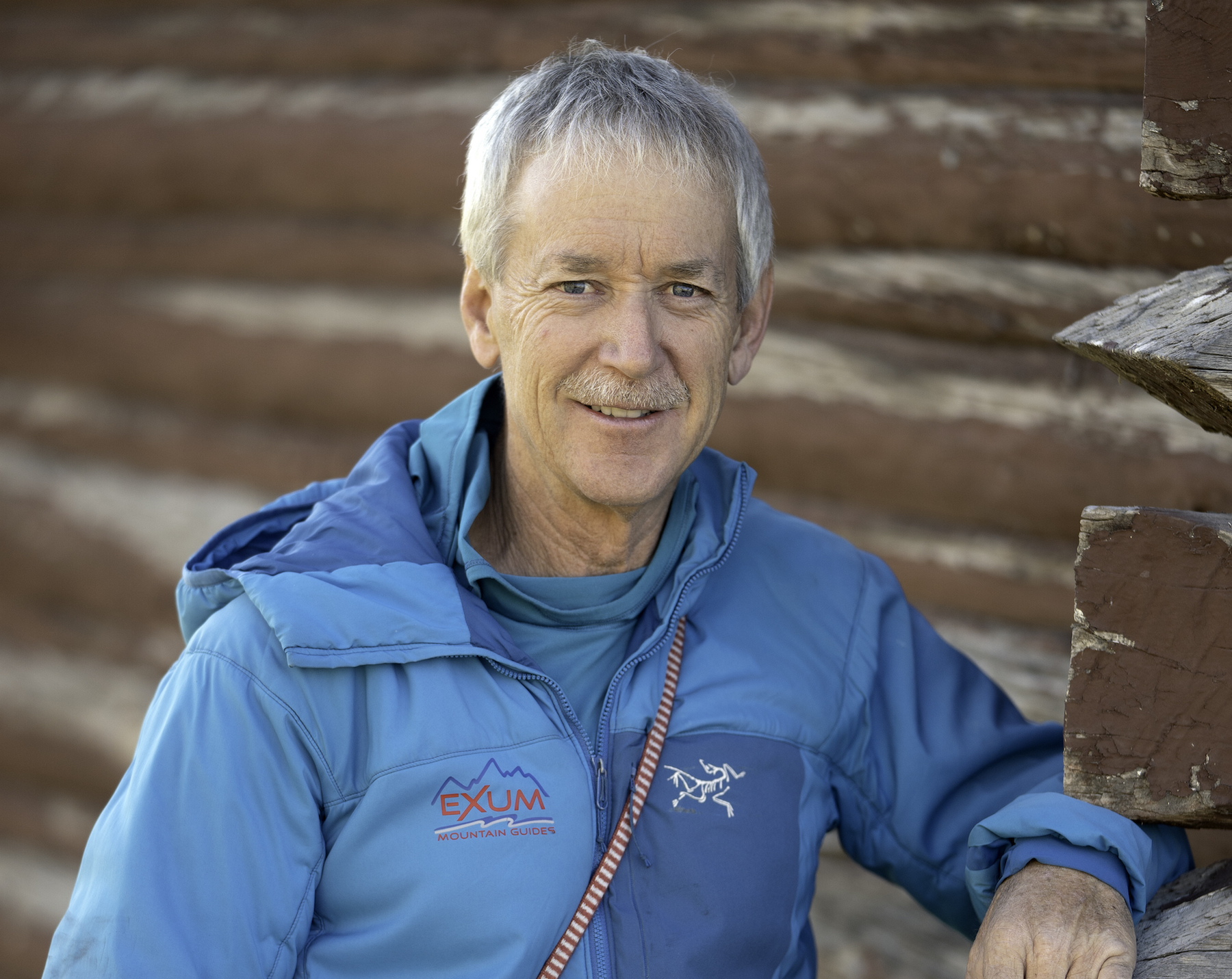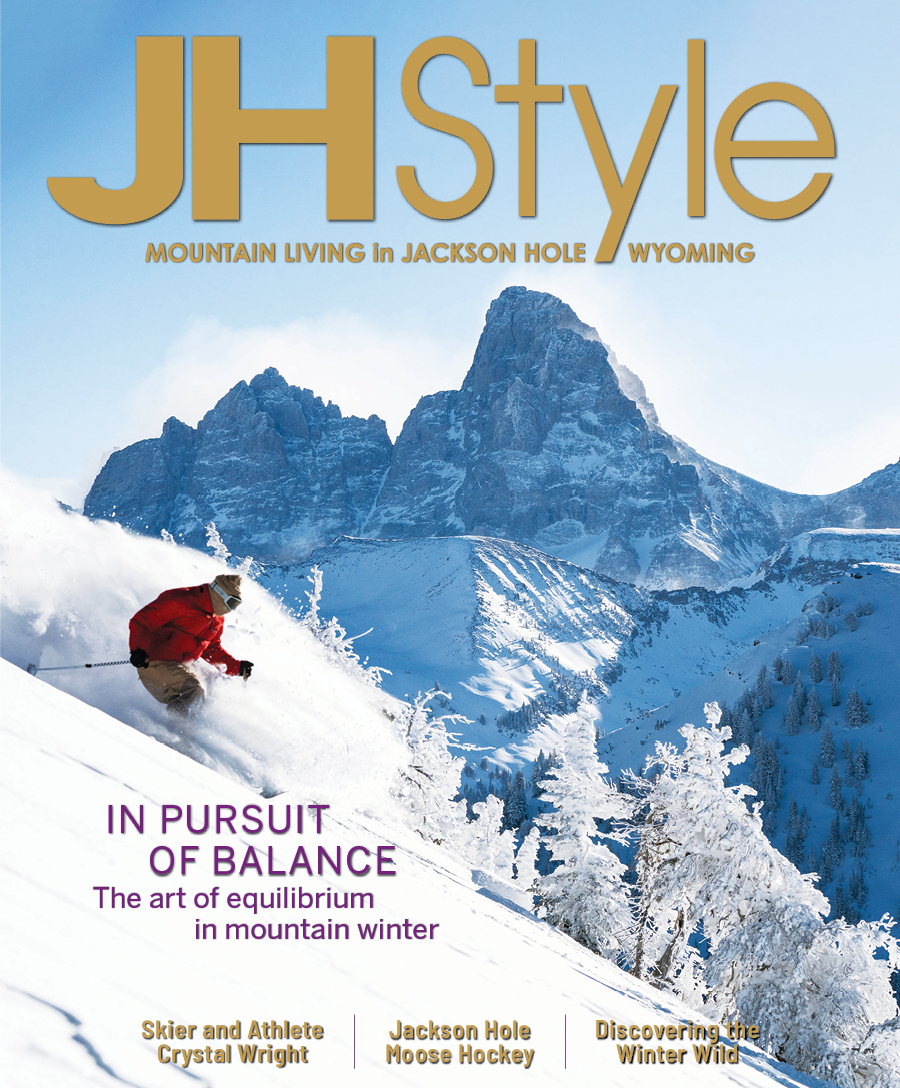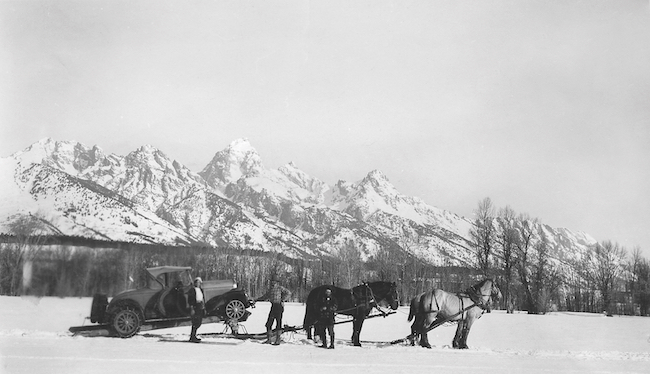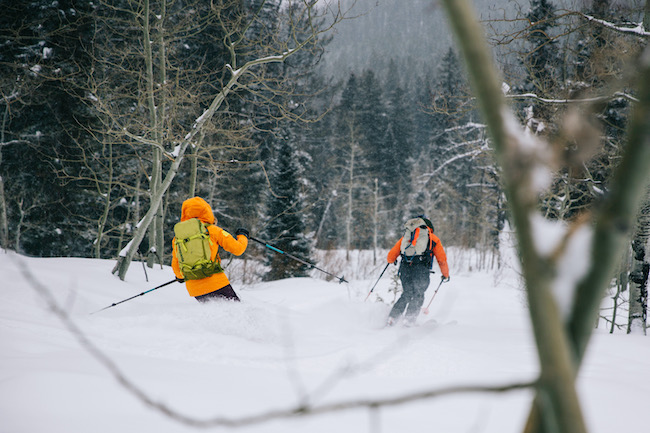A heli-lifestyle in Jackson Hole
21 Feb 2023
A heli-guide’s job involves far more than just skiing powder
Winter/Spring 22-23
Written By: Lexey Wauters | Images: David Bowers and Franz Bergtold
Heli-skiing — accessing the backcountry for its pristine powder and solitude with the assistance of a helicopter — is a different thing for different skiers.
For many, it is considered the pinnacle to a ski career, an aspirational experience. Some say it’s the most extreme thing they’ve ever done. For others, it is a way of life, traveling from heli-operation to heli-operation. For John Wauters, head guide and forecaster for High Mountain Heli Skiing (HMH), it is a lifestyle and career choice that reflects a passion for good skiing. Really good skiing.
In the year 2000, at the urging of a couple of friends who were heli-guides, John headed to Valdez, Alaska. “The big exploratory years were probably over by then,” he comments. Companies like Doug and Emily Coombs’ Valdez Heli Ski Guides (VHSG) and Alaska Backcountry Adventures (ABA) were already established. The industry was still young, however, and there was opportunity. John picked up work mid-season that year with VHSG.
“I guess that was my apprentice year,“ John chuckles. “I was learning from Doug [Coombs], Kirsten [Kremer] and Theo [Meiners].” He returned each March thereafter and bounced between VHSG and ABA guiding clients, learning the terrain and learning about snow. His education was furthered during his time with Jackson Hole Mountain Resort Ski Patrol, learning forecasting, avalanche risk mitigation strategies including the use of explosives, and travel and behavior in high avalanche risk conditions and terrain.
John approached Jon Schick, the founder and then-owner of HMH, and started heli-guiding in the Teton backcountry in 2012. Bringing the fruits of over a decade of backcountry and guiding experience, John stepped into forecasting with HMH veteran Dave Fett. “It was a shared responsibility,” Wauters explains. “Dave did most of the weather forecasting and I started doing the avalanche forecasting.”
John describes the forecasting as “a lot of computer time — models and data.” The computer work is combined with eld time digging pits in the snow to look at layers and observations of natural activity. And getting his feet in the snow. “Early season, we’ll go out to ski around. We look at what is going on out there, feel how the snow is reacting. We use explosives to both check reactions and mitigate hazard.”
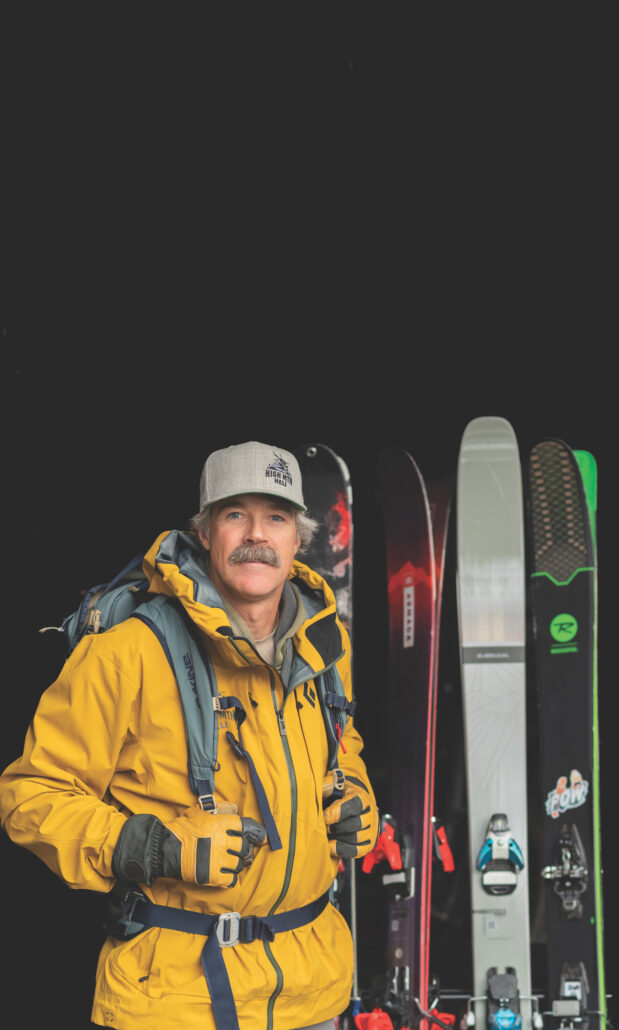
As the season progresses and the snow gets deeper, John explains, the snowpack behavior gets more stable and more predictable. John is careful to credit his co-workers as well — guide meetings each morning and debriefs each afternoon combined with communication in the field are critical to good decision making.
As head guide, John’s day starts early, if not the night before. In addition to snow forecasting, the weather plays a role. “The helicopter needs to be able to fly,” he comments. Snow, wind, and fog can all ground the heli; it is up to the head guide to communicate between the pilot, the guides and the guests about the prospects for flying. It can be a waiting game.
As for the clientele, “In general, a strong advanced intermediate skier or rider can heli-ski,” John states. He adds that experience with off-piste skiing — variable snow, trees, and powder — makes your transition to heli-skiing much smoother. HMH will supply good powder skis to assist with perhaps unfamiliar conditions.
“Every once in a while we’ll have someone in over their heads, but we can usually work that out,” he says. “With 300,000 acres of terrain to access, there is a run for everyone.” Extra rest breaks, shallower slopes, and some well-placed powder skiing tips can help make any skier’s day pretty good.
The best part of the job, John says, is working with the small and close-knit team of guides at HMH. “We’re in close communications always — guide meetings in the morning, radio contact out in the eld, and debrief meetings at the end of the day.” And there is the inevitable adult beverage, boots unbuckled, at the base at the end of the day telling stories.
“These guys are the greatest ski buddies that you never really ski with.” For some, it is a lifestyle.

